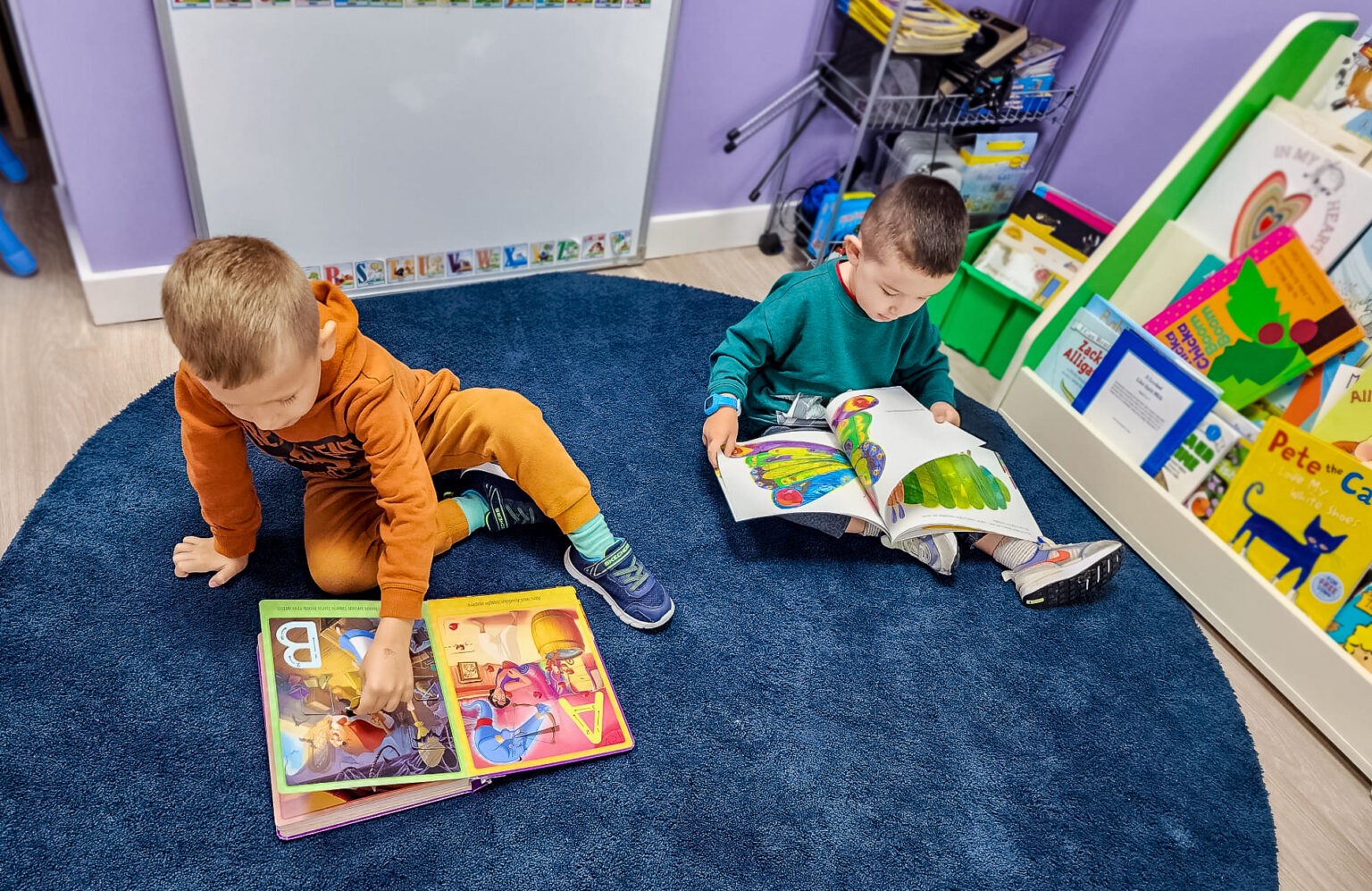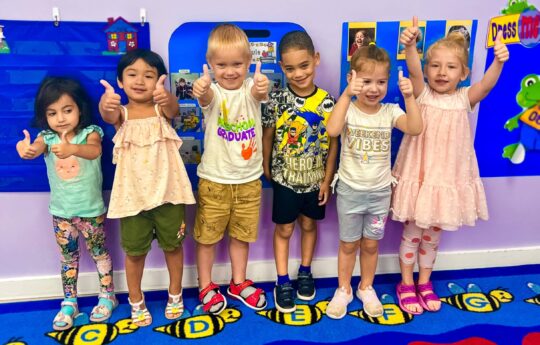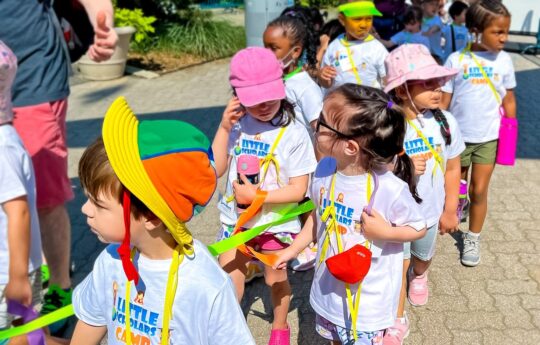
In the bustling city of New York, early childhood education NYC has taken a front seat with innovative approaches and resources, allowing parents and educators to foster a love for reading in children from a young age. Starting a book club for preschoolers could be an exceptional way to leverage NYC daycare innovations and inculcate the habit of reading among young minds. Below is a step-by-step guide to creating a compelling and educational book club for preschoolers, alongside some tips, activity ideas, and book suggestions.
1. Define the Purpose and Goals
Before diving into the logistics of starting a preschool book club, it’s crucial to define what you want to achieve. Do you wish to focus on early learning innovations NYC or aim to develop a general interest in reading among children?
2. Gather Your Little Readers
Whether you’re a parent or an educator, consider inviting a diverse group of preschoolers. Including children with varying interests and reading levels can enrich the overall experience of the book club.
3. Select Age-Appropriate Books
Choosing age-appropriate books is fundamental in creating a conducive reading environment for preschoolers. Board books, picture books, and interactive books for preschoolers are usually well-received. Here are a few recommendations:n
-
- “The Very Hungry Caterpillar” by Eric Carle
- “Goodnight Moon” by Margaret Wise Brown
- “Brown Bear, Brown Bear, What Do You See?” by Bill Martin Jr.
4. Create a Welcoming Environment
Establishing a warm and inviting atmosphere is essential for keeping the children engaged. A cozy reading nook filled with cushions, soft lighting, and a variety of children’s books can make the little ones feel at home.
5. Plan Interactive Activities
Integrate fun, interactive learning activities for young children to complement the reading sessions. Activities like storytelling, drawing, and crafting related to the book’s theme can enhance comprehension and make learning enjoyable.
6. Keep it Short and Sweet
Given the attention span of preschoolers, keep the reading sessions short, ideally within 20 to 30 minutes. A concise and enjoyable experience will leave the children looking forward to the next meeting.
7. Schedule Regular Meetings
Consistency is key in developing reading habits in preschoolers. Schedule regular meetings, preferably once a week, to maintain the rhythm and encourage reading readiness among the little ones.
8. Encourage Parental Involvement
Parents play a crucial role in encouraging reading in early childhood. Their involvement can significantly impact preschool development and reinforce the educational benefits of reading to preschoolers.
9. Track Progress
Maintaining a progress chart can help in monitoring the children’s development and in identifying areas that need attention. Rewarding progress with small incentives can motivate the kids and reinforce positive behavior.
10. Evaluate and Adjust
Regularly assess the effectiveness of the book club and make necessary adjustments to meet the evolving needs of the children. Seek feedback from parents and educators and modify the approach, if needed, to enhance the learning experience.
Activity Ideas and Book Suggestions:
Engage with Interactive Books
Interactive books for preschoolers can help in keeping the sessions lively and engaging. Books like “Press Here” by Hervé Tullet can be a great addition to the preschool book list.
Incorporate Craft Activities
Crafting sessions based on the book’s theme can be enjoyable and enlightening. For instance, after reading “The Rainbow Fish” by Marcus Pfister, children can engage in creating their own colorful fish using craft supplies.
Explore Educational Books
Educational books for preschoolers, such as “ABC: An Amazing Alphabet Book!” by Dr. Seuss, can be instrumental in introducing concepts like alphabets, numbers, and shapes in a fun manner.
Create Story Maps
Drawing story maps can help preschoolers in understanding the structure of the story better. This can be especially useful for learning to read books like “Where the Wild Things Are” by Maurice Sendak.
Creating a preschooler’s book club can be a rewarding endeavor, leveraging NYC childcare advancements and aiding in the holistic development of children. A well-structured book club can significantly contribute to early childhood literacy, offering a plethora of learning opportunities and experiences for preschoolers.
The book suggestions provided above are not exhaustive, and parents and educators are encouraged to explore a variety of children’s literature, including illustrated books for children, to keep the sessions diverse and interesting. A well-curated preschool literacy material can act as a catalyst in developing a lifelong love for reading among children.
The innovation in daycare in New York provides a fertile ground for nurturing young minds through well-organized book clubs. By implementing this step-by-step guide, you will not only foster a love for reading among the little ones but also contribute to shaping the future of early learning innovations in NYC.
Remember, the journey of fostering a love for preschool reading begins with choosing the right preschool books, creating an inviting environment, and engaging in activities that make learning a delightful experience. So, why wait? Start your journey and witness the joy of reading unfold among the future stars of tomorrow with Little Scholars!
Related Insights
Reading in the Digital Age: The Value of Print Books for Preschoolers




